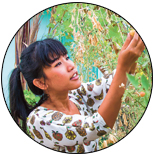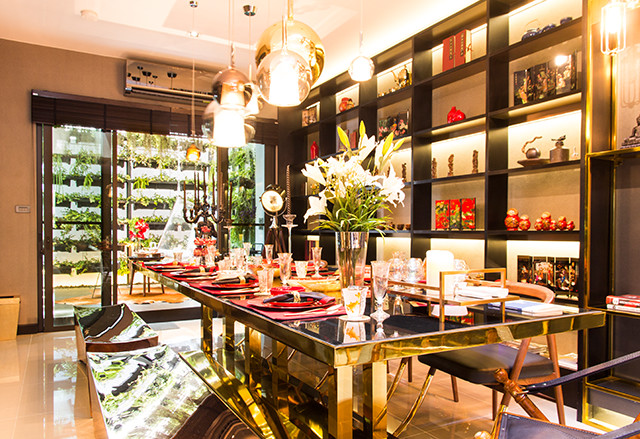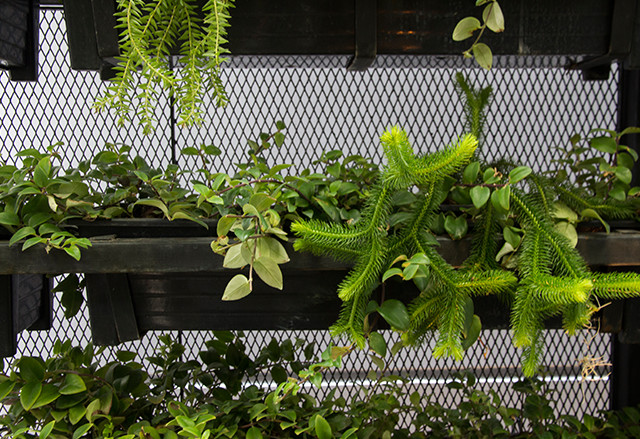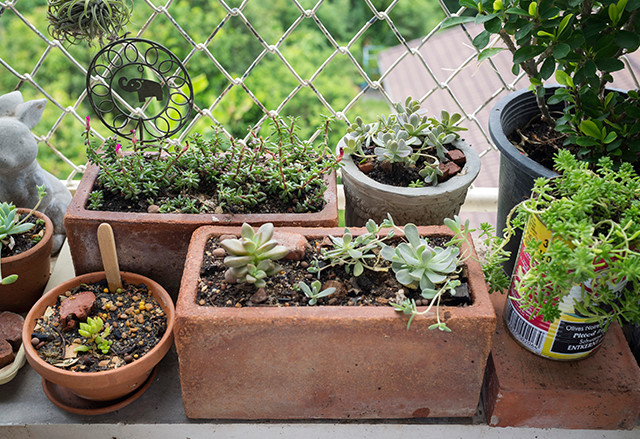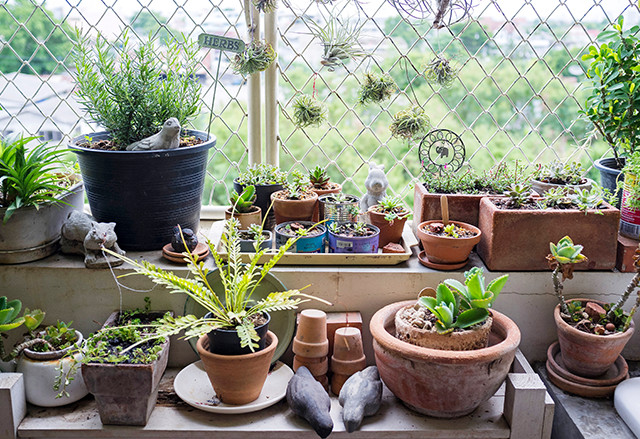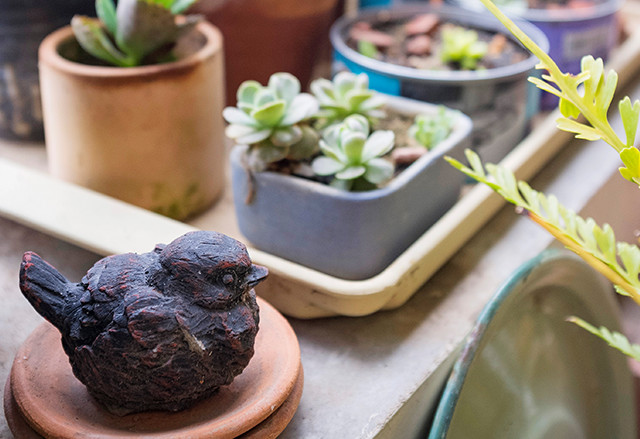Chatthip ‘Tibb’ Phungtham, 34
Owner of Pure Luck Bangkok kombucha brewery, photographer, fashion designer
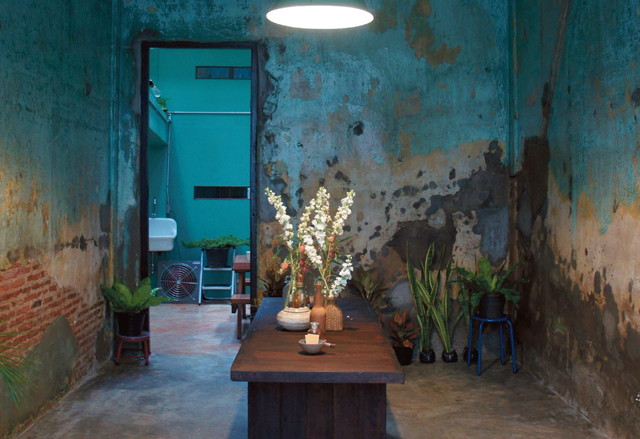

Tibb and her partner, Brett Casper, who founded the Pure Luck brand in New York, recently turned an old town-house in the burgeoning hipster quarter of Soi Nana (the one in Chinatown) into Bangkok’s first brewery for kombucha, a fermented and sweetened tea drink. What was once a three-story artist’s studio has been carefully renovated to retain its traditional character.
“While scraping the paint off the wall, I cried out to myself when I discovered the colors left by former tenants underneath,” said Tibb, who renovated the space with her partner. “The building is remarkably historic and full of artistic life.”
The main entrance hall leads to a vast open space filled with plant life, which she uses as a workshop. “We keep the door open so the wind can flow through the space,” Tibb explained. “We selected the plants based on durability. I have platycerium ferns hanging from the ceiling, and a small banyan tree that used to have beautifully pink-colored leaves. These guys love sunlight and heat.”
The back of the house is used for storing the kombucha in glass jars—the traditional Chinese way—while a steep wooden staircase leads from the hall and up to the rooftop. Former residents of New York, Tibb and Brett took influence from Brooklyn-style communal living, and uses the roof to grow organic vegetables. The vast space looks out over the rooftops of Chinatown.
“I intended to bring out the casual charm of the place, and mix it with my lifestyle,” Tibb explained. “We're both vegetarians and wanted to be able to grow our own vegetables up here. They’re aesthetic, sure, but more importantly, they’re edible!”
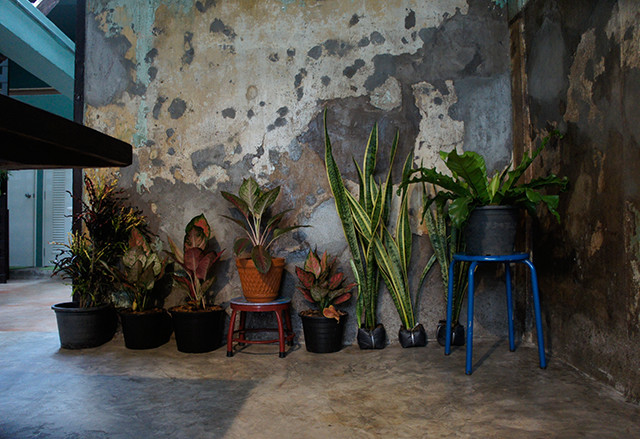
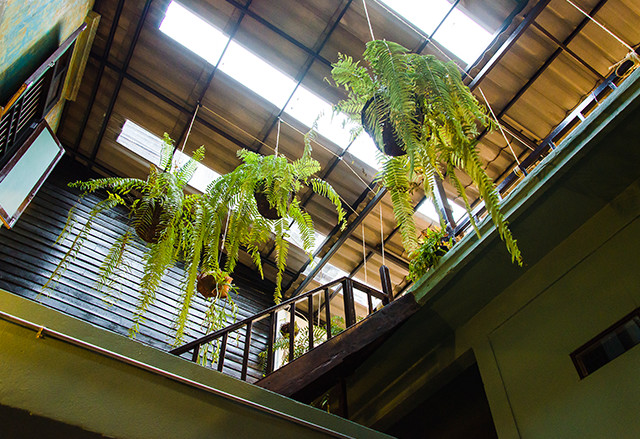
Beer’s Green Corner
Pantavit “Beer” Lawaroungchok, 32
Exhibition designer for Apostrophy’S, an event, product and graphic design company
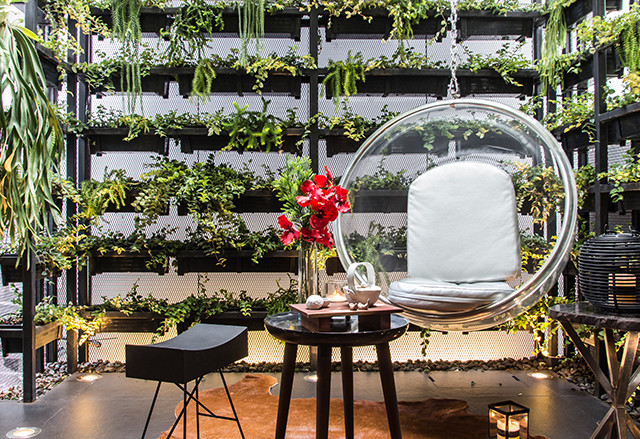
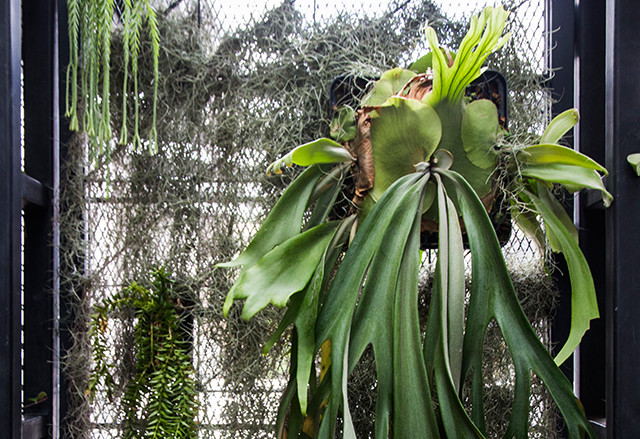
Step inside Beer’s newly decorated home in Landmark, a development of luxury townhouses just off Ramindra Road, and you’re greeted by a melange of Tibetan brown leather, brass sculptures, Chinese antiques and Russian dolls.
Alongside a collection of Chinese ornaments is a vertical garden filled with lipstick vine, which is provided with plenty of natural light thanks to a skylight in the roof.
“Living in the middle of a big city, it’s inevitable you will lack a connection with nature,” said Beer. “I spend so little time outdoors.”
But the plants require specific conditions, and Beer admitted that maintaining the garden hasn’t always been easy. “It was like tuning an instrument. I’ve tried various plant species to find those that are strong enough to survive the severe heat and humidity. I now have an automatic plumbing system to water the garden, and UV spots for the plants on the lower shelf where they get too little sunlight. I also have artificial plants in the area in front of the air compressor.”
His garden makes excellent use of various species of fern, mainly dryopteris filix-mas, as well as ornamental plants like Spanish moss, podocarpus and Austrian Rose Apple. “Normally, this kind of space is not suitable for indoors,” he says. “It’s delicate and requires a lot of work to pull off in your house.”
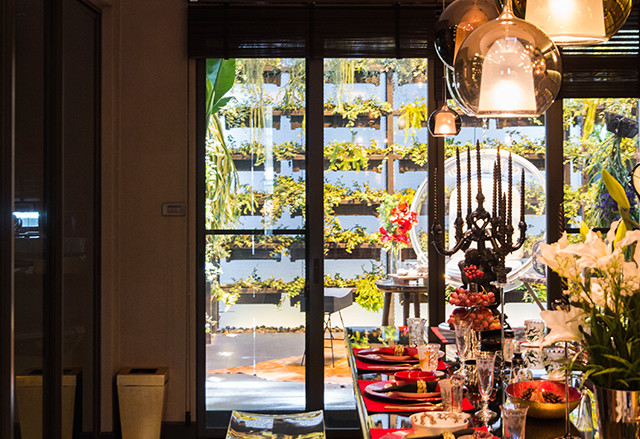
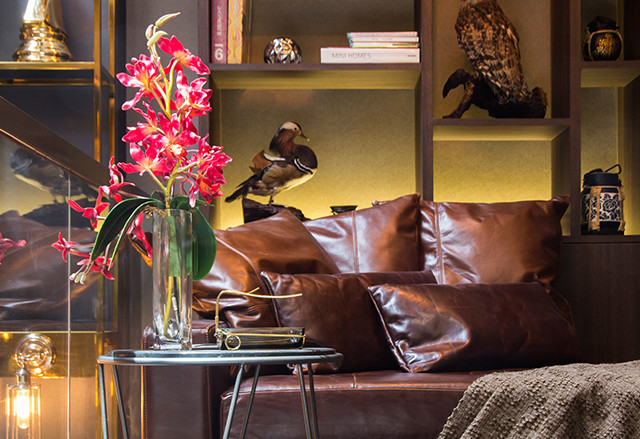
Mymph’s Tiny Green Haven

Warapsorn ‘Mymph’ Akkhaneeyut, 35
Assistant editor-in-chief of Baanlaesuan Magazine
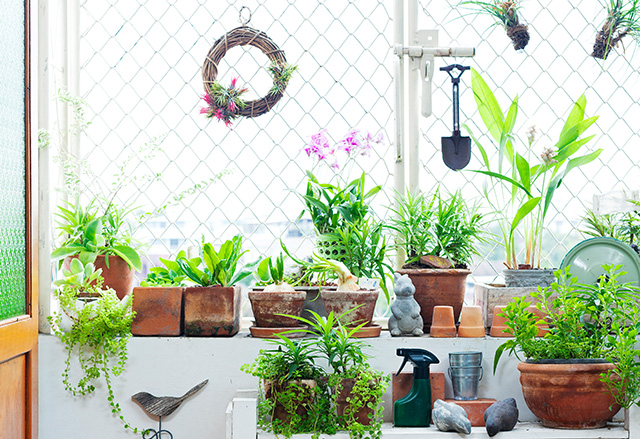
As a staff member of a home and garden publication for over 10 years, Mymph has seen thousands of perfect examples of how to incorporate livable green space into every area of the home. Clearly, all that exposure to gardens both indoors and outdoors has rubbed off.
“It’s been six years since I decided to turn this balcony into my own garden,” Mymph said. “I love the feeling in the morning when I wake up and see flowers blooming right before my eyes. I can even smell the roses in my garden.”
Her balcony is located on the fifth floor of a P. Pinklao condominium in the Taling Chan district. It has a slightly industrial air, and although she lacks any quality outdoor space, that hasn’t stopped her from innovating with what she’s got.
The area is filled with a mishmash of flowers and herbs. Usable plants like rosemary and fragrant ornamentals like orange jessamine sit alongside durable tillandsia and ferns. “Unexpectedly, roses are easy for me to plant,” she said, “which has had a real emotional impact for me because I love the smell, the colors and the shape of roses.”
A wire fence left by a previous tenant has been adopted by Mymph into a vertical garden, where she hangs ferns, tillandsia and other knickknacks.
“I always have too many plants on my balcony. Every so often I need to give them to friends.”
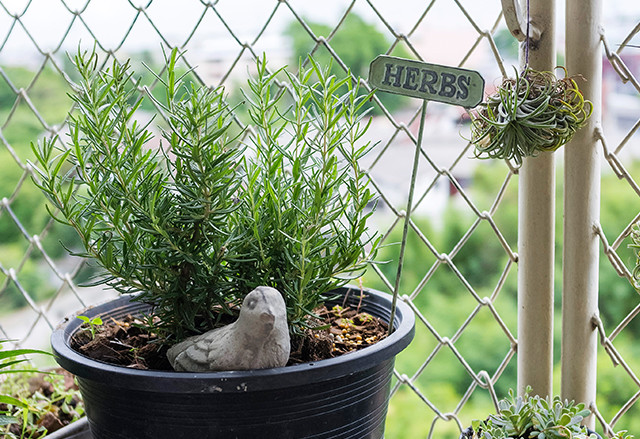
Mymph’s tips for growing your own garden
There is always space for plants. People who have limited space can always find some sort of solution. You can install a shelf to plant a vertical garden on your wall, hang plants from the ceiling, or place potted plants along corridors.
Ferns and plants with big leaves work well indoor. They love humidity. Cacti and succulents are perfect for those who don’t have much time. Other good indoor plants include the Apocynaceae family, such as Wringhtia antidysenterica and Gerdenia Crape Jasmine.
Plants will not survive without attention. You have to rise early to tend to your garden. It’s always better to water your plants in the morning rather than in the evening. Water in the evening and the plant can get root disease.
